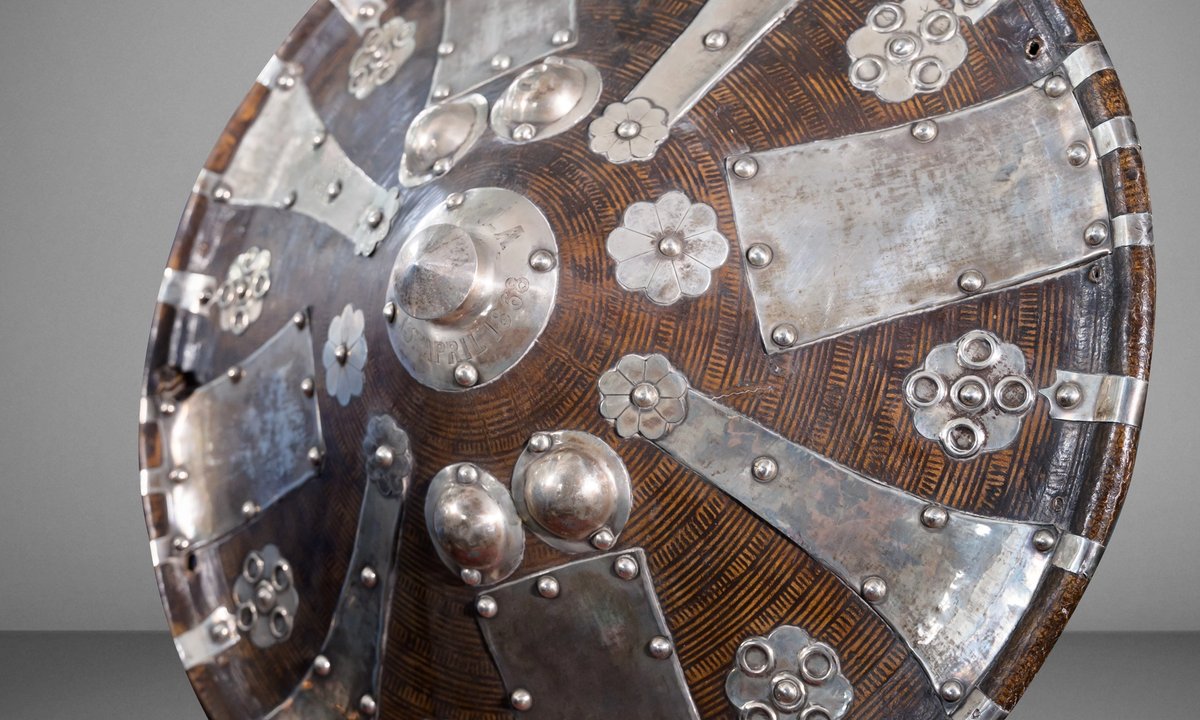
A 19th-century Ethiopian shield pillaged by the British during the 1868 Battle of Maqdala will be repatriated in November, after a brief stint on display at Ohio’s Toledo Museum of Art (until 27 October). The shield was withdrawn from auction in February, when the Ethiopian government identified it as loot and requested it be restituted from the UK. On its return, it will go on public display at the National Museum of Ethiopia in Addis Ababa.
“This shield is not just an historical artefact; it is a symbol of Ethiopia’s history and resilience,” Ermias Sahle Selassi, a grandson of Emperor Haile Selassie and founder of the Royal Ethiopian Trust (which negotiated the shield’s return), said in a statement. “Our efforts and success in regaining this treasure is a testament to our commitment to preserve our heritage and honour our ancestors who fought for our nation’s sovereignty.”
The Battle of Maqdala, the last struggle in the British Expedition to Abyssinia, led to significant looting by the victorious British forces, who took Emperor Tewodros II’s crown along with ceremonial crosses, chalices, weapons and the holy icon Kwer’ata Re’esu. Many of these objects remain in museums in the UK, although several of them have been repatriated in recent years. The leather-and-silver shield is engraved with “Magdala 13th April 1868”, marking the date of the battle during which it was looted.
In Toledo, the shield briefly joins the last leg of the travelling exhibition Ethiopia at the Crossroads. The show includes more than 200 pieces of art and cultural objects spanning 1,750 years of Ethiopian history, including Haile Selassie’s royal cloak.







